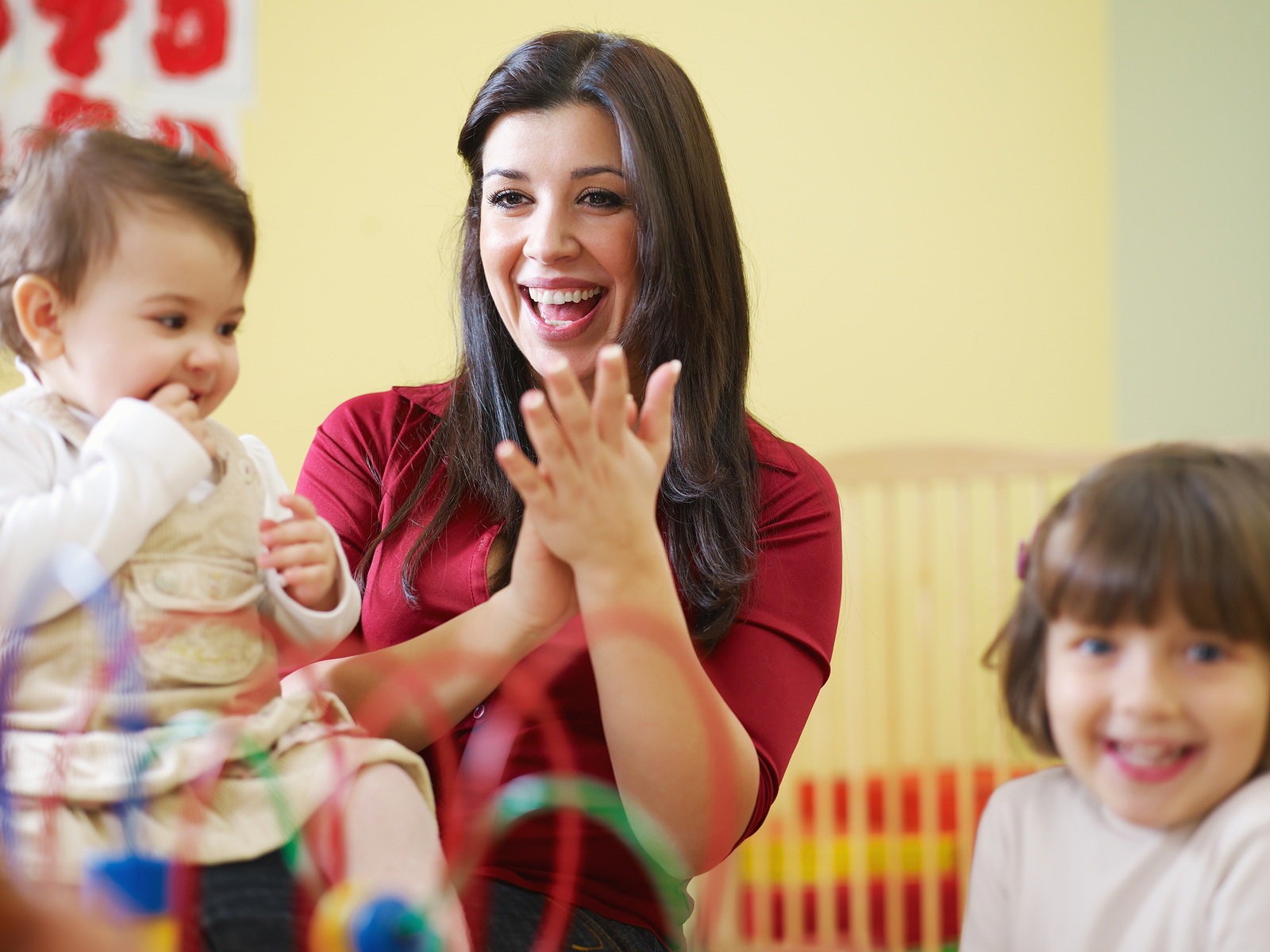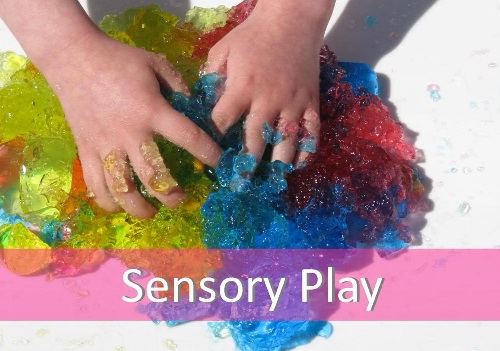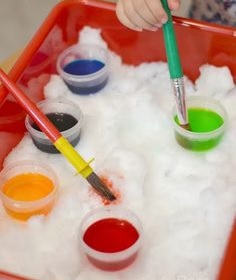Sensory Play Ideas
From the day children are born, they are designed to explore the world through their senses. That’s why toddlers and babies put everything in their mouths to explore. From those very first days, children learn about the world by touching, tasting, smelling, seeing, and hearing. Sensory play contributes in crucial ways to brain development. Stimulating the senses sends signals to children’s brains that help to strengthen neural pathways important for all types of learning. That’s why sensory play is so important – children’s brains are most engaged out of the right side of the brain through visual and spacial learning. They are learning by doing, exploring, and using all “8” senses. These 8 senses are:
- Sight
- Hearing
- Smell
- Touch
- Taste
- Vestibular – sense of balance
- Proprioceptive – sense of where your body is in space
- Interoceptive – sense of what is going on internally in your body
The more you can engage all 8 of these senses in your child’s environment and activities, the more their brain will retain and learn.
For example, as children explore sensory materials, they develop their sense of touch, which lays the foundation for learning other skills, such as identifying objects by touch, and using fine-motor muscles. The materials children work with at a water table for example have many sensory attributes (warm or cool, wet or dry), sensory bin fillers (rough or smooth, hard or soft, textured or slimy).
Sensory Play Isn’t All About Touch
When most people think of sensory play they might picture sand and water tables or kids playing with kinetic sand or play dough. But sensory play isn’t just about touch; it’s also about the other above mentioned senses too.
For example, the scent of vinegar, colors, textures and smells involved in the proposed sensory play ideas below will be appealing to your child’s senses.
Sensory exploration is a child’s way of examining, categorizing and making sense of their surroundings and it’s beneficial to provide them with opportunities with such experiences through sensory play.
Sensory Play Helps Building Motor Skills
As sensory play often involves using and building fine motor skills by exploring things using pinching, pouring and lacing movements, it helps develop motor skills.
There are two main types of motor skills your child develops–fine motor and gross motor skills. Gross motor skills deal with the coordination of large muscle groups and are responsible for activities like running, walking and fine motor skills are those that require the ability to use and coordinate small muscle groups.
Sensory Play and Language Skills
Giving your child the chance to play with different types of textures and smells and objects helps them discovering and talking about the world in more detail. Suddenly water isn’t just wet; it can be wavy or slippery with bubbles or cold and translucent when frozen.
Sensory Play is Calming
You may have noticed that your child is calmer after bath time or after jumping or running around outside. This type of sensory play is calming for kids. It helps them regulate their internal discomfort (whether that discomfort was boredom, restlessness or maybe even some sort of agitation).
Sensory Play Ideas:
Painting on “Snow”
Materials needed: DIY snow (blend ice cubes in a food blender), paint (poster paint, watercolors, food coloring), paint brushes, pipettes and/or water spray bottles.
Prepare your paints. You can use any of the above mentioned options (we used water colors). Use pots of water or water spray bottles with colors (we used food colors).
You can do this activity inside or outside (we did it outside) to create a colorful work of art using the DIY snow as the canvas.
Fizzies
Materials: Baking soda, vinegar, food colors, glitter, spoon or pipette, small containers.
This is a fun, fizzy “science” experiment that you can try even with an elementary school aged child. To do this “experiment” take a small container (a nice variation can be the shell of a fruit) and fill it with some baking soda and glitter. Place the vinegar in a separate container along with a pipette. We added some food coloring to the vinegar to add an extra fun element. Use the pipette to drop vinegar on to the baking soda. Add a little or a lot and watch as the chemical reaction happens between the baking soda and the vinegar to make a big fizz. Also listen to the great sound it makes and talk about it. (What you are seeing is the chemical reaction taking place as the base (the bicarbonate of the soda) reacts with the acid (the vinegar). When they mix together they create carbonic acid, which is unstable. The carbonic acid splits up into water and carbon dioxide- and that’s why you can hear and see the fizzing.
Fruit Soup
Materials: Container (any container you have to hold the “ingredients”), citrus fruit such as lemon, orange, grapefruit, lime, etc. essential oils or citrus juice, spoons, scoops, funnels, bowls.
Fill your container with water, adding yellow or orange food coloring (optional). Slice up a variety of citrus fruits, preferably with a good combination of colors. Squeeze some of the fruit slices (or an essential oil) to add fragrance to your bowl. To let the kids play with this “soup” provide spoons, ladles, slotted spoons and any containers you can add for scooping and pouring. Let your kids find their own way to play with this “sensory soup”.
Suggestions: You can talk about the different colors, shapes and scents of the fruits, play matching games by scooping all fruit of one color into one container and another color into a different one. You can create “art” by arranging the slices on top of the water.
Another added benefit to this activity is that citrus fruit is believed to have antibacterial and antiseptic properties, to stimulate the immune system and to be a refreshing mood lifter.











